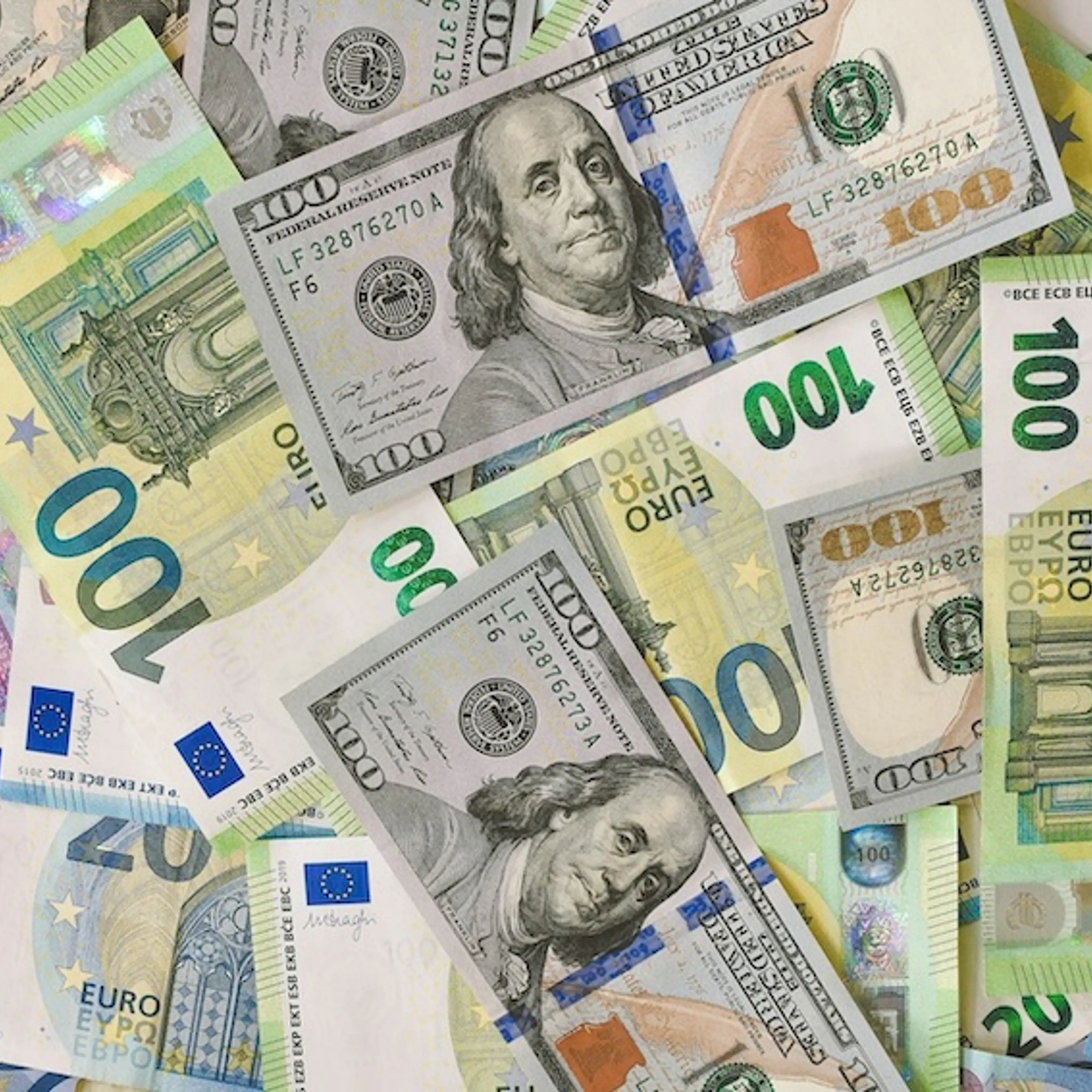China is becoming an increasingly bigger competitor for the EU. At the same time, the United States are implementing industrial policies with massive investments in the energy sector. So where does that leave Europe? How should the EU navigate its relationship with China while maintaining a competitive edge? When should we collaborate, and when should we exercise caution?
These are some of the key questions the research project ‘Dealing with a Resurgent China’ seeks to answer. The project is advising the European Commission on the relationship with China and aims to build a European expert network on China-related issues.
“We need industrial policies similar to those in the United States and China,” says Kjeld Erik Brødsgaard, Professor at the Department of International Economics, Government and Business and principal investigator of the three-year EU Horizon project.
“If we do not take drastic measures to upgrade European industry, it will impact our welfare and, in the worst case, our independence,” he warns.
An inevitable and essential partner
Around 500 Danish companies operate in China with investments of DKK 50-60 billion, which makes China one of Denmark’s most significant trading partners.
China is the largest trading partner for 132 of the 196 UN member states and is deeply integrated into the global economy. By comparison, the United States holds that position for about 52 countries.
This rivalry is fundamentally different from that of the Cold War era when the Soviet Union remained largely detached from the global economy.
Today, China’s economy is characterised by state control and the market liberalisation is largely on hold. While there are far more private enterprises than in the past, state-owned enterprises still dominate the Chinese economy.
According to Brødsgaard, this reflects China’s ideology of a centralised one-party model that governs both state and private sectors. This approach has drawn political criticism in the West and poses challenges for collaboration.
China's charm offensive in a divided Europe
Despite these challenges, China is actively seeking closer ties with Europe.
“China has launched a charm offensive towards Europe, offering visa-free entry to several countries and sending numerous delegations, also to Denmark,” says Kjeld Erik Brødsgaard
However, Europe remains hesitant, unsure of its position and how independently it can act from the United States.
Greater unity within the EU would strengthen its position, but this is difficult to achieve as individual member states, such as Hungary and Slovakia, have their own position towards China. Many Eastern European countries are also engaged in China’s Belt and Road Initiative and participate in the 14+1 cooperation forum, which facilitates regular meetings between China and selected Eastern European nations.
Brødsgaard attributes these divisions to differing national analyses of China and argues that the EU would benefit from aligning these analyses and developing a common strategy for addressing its challenges.
China’s dominance in green energy
The EU is under pressure from China’s highly competitive industry, particularly in green energy.
“Take Vestas, for instance. Twenty years ago, much of its business and market were in China. Now, they have almost no presence there and are being overtaken by Chinese competitors,” Kjeld Erik Brødsgaard explains.
China has long prioritised green technologies such as wind turbines, solar panels, batteries and electric vehicles. This has led Chinese companies to the forefront of technological innovation, enabling them to offer advanced products such as solar cells and wind power at low prices.
This presents a dilemma for Europe. On the one hand, adopting Chinese technology would accelerate the green transition. On the other, it would erode Europe’s own industrial base in these sectors, increasing dependence on China.


